-
 bitcoin
bitcoin $107015.826941 USD
-2.18% -
 ethereum
ethereum $3637.352324 USD
-5.18% -
 tether
tether $0.999831 USD
-0.02% -
 xrp
xrp $2.338078 USD
-6.23% -
 bnb
bnb $998.272150 USD
-6.97% -
 solana
solana $167.598257 USD
-10.12% -
 usd-coin
usd-coin $0.999863 USD
0.01% -
 tron
tron $0.282573 USD
-5.09% -
 dogecoin
dogecoin $0.169891 USD
-7.39% -
 cardano
cardano $0.557554 USD
-7.03% -
 hyperliquid
hyperliquid $39.914802 USD
-5.85% -
 chainlink
chainlink $15.414549 USD
-9.97% -
 bitcoin-cash
bitcoin-cash $510.361911 USD
-4.26% -
 ethena-usde
ethena-usde $0.999194 USD
-0.03% -
 stellar
stellar $0.282092 USD
-6.07%
What is Plasma in Ethereum?
Plasma boosts Ethereum’s scalability via child chains that process transactions off-mainnet, using fraud proofs and smart contracts to ensure security and enable asset withdrawals.
Aug 09, 2025 at 11:21 pm
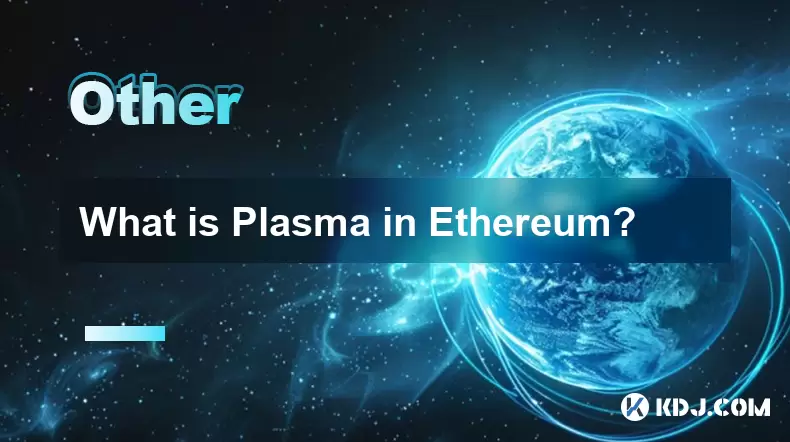
Understanding Plasma in the Ethereum Ecosystem
Plasma is a scaling solution designed to increase the transaction throughput of the Ethereum blockchain by enabling the creation of child chains—also known as sidechains—that operate under the main Ethereum blockchain, known as the root chain. The concept was introduced in a 2017 whitepaper by Vitalik Buterin and Joseph Poon, aiming to address Ethereum’s scalability limitations without compromising security. By delegating transaction processing to off-chain networks, Plasma reduces congestion on the main chain, thereby improving efficiency and lowering gas fees.
Each Plasma chain functions as an independent blockchain that inherits security from Ethereum through smart contracts and cryptoeconomic incentives. These child chains periodically submit block commitments to the root chain, ensuring that a verifiable record of activity exists on Ethereum. In case of fraudulent behavior, users can initiate an exit mechanism to withdraw their assets back to the main chain, using fraud proofs to challenge invalid transactions.
How Plasma Chains Operate
Plasma chains are constructed using smart contracts deployed on Ethereum. These contracts define the rules for block validation, transaction processing, and dispute resolution. Once a Plasma chain is initialized, it can process thousands of transactions off the mainnet, bundling them into batches and submitting only a cryptographic summary—typically a Merkle root—to the Ethereum blockchain.
- A block producer, often referred to as an operator, is responsible for creating and publishing blocks on the Plasma chain.
- Each block includes a Merkle tree of transactions, allowing for efficient verification of individual transactions.
- Users monitor the Plasma chain for fraudulent activity, as full validation is not performed by the root chain.
- If a user detects a fraudulent transaction, they can submit a fraud proof to the root chain contract, triggering a challenge period.
This design enables high throughput while relying on Ethereum for finality and dispute resolution. However, it requires users to remain active participants in monitoring the chain, a concept known as watchtowers or responsive fraud detection.
Transaction Lifecycle in a Plasma Network
The lifecycle of a transaction within a Plasma-based system involves multiple stages, each secured through cryptographic verification and smart contract enforcement.
- A user deposits Ether or ERC-20 tokens into the Plasma smart contract on Ethereum, initiating the process.
- Upon confirmation, a corresponding balance is credited on the child chain, allowing the user to transact freely.
- Transactions are processed off-chain and included in blocks created by the operator.
- Periodically, the operator submits a block header containing the Merkle root of the transactions to the root chain.
- To withdraw funds, the user initiates an exit procedure by submitting a withdrawal request along with a transaction proof.
- A challenge period begins, during which any participant can contest the withdrawal using a fraud proof if the transaction was invalid.
This process ensures that users retain control over their assets even if the operator behaves maliciously, as long as they act within the challenge window.
Different Variants of Plasma
Over time, several variations of Plasma have been developed to address specific limitations, particularly around mass exit scenarios and data availability.
- Plasma MVP (Minimum Viable Plasma): Focuses on simple coin transfers with UTXO (Unspent Transaction Output) model support. It allows users to submit fraud proofs but requires users to store all transaction data.
- Plasma Cash: Assigns each token a unique identifier and tracks ownership through a non-fungible model. This reduces the data users must monitor, as they only need to track their specific coins.
- Plasma Debit: Introduces account-based models similar to Ethereum’s state, supporting variable balances rather than discrete tokens.
- More Viable Plasma (MoreVP): Enhances data availability by requiring operators to publish minimal information, reducing the burden on users.
Each variant trades off usability, scalability, and security, catering to different application needs such as NFT marketplaces, micropayments, or decentralized exchanges.
Security Mechanisms and Fraud Prevention
Security in Plasma relies heavily on user vigilance and cryptoeconomic incentives. Since the root chain does not validate every transaction, the system assumes that malicious activity will be detected and challenged by participants.
- Fraud proofs are cryptographic evidence that a transaction is invalid, such as a double spend or inclusion of a nonexistent input.
- When a fraud proof is submitted, the Plasma contract on Ethereum verifies it and penalizes the operator, often by slashing their bond.
- Users must run watchtower services or rely on third-party monitors to detect fraud in real time.
- Bonded operators are required to deposit ETH into the smart contract, providing a financial disincentive for malice.
Despite these mechanisms, data withholding attacks remain a concern—if an operator refuses to publish transaction data, users cannot construct fraud proofs. This has led to the development of hybrid solutions combining Plasma with validity proofs or data availability sampling.
Implementation Example: Setting Up a Plasma Withdrawal
To illustrate how users interact with Plasma, consider the process of withdrawing funds from a Plasma chain back to Ethereum.
- Identify the transaction output you wish to withdraw and obtain its Merkle proof from the relevant block.
- Initiate the withdrawal by calling the startExit() function in the Plasma contract, providing the proof and block header.
- The contract verifies the inclusion of the transaction and starts a challenge period, typically lasting 7 days.
- During this time, any user can challenge the withdrawal by providing a prior spend proof or invalid state transition.
- If no valid challenge occurs, the user can call finalizeExit() to receive funds on the main chain.
This process ensures that only legitimate withdrawals are processed, maintaining the integrity of the system.
Frequently Asked Questions
What happens if I don’t monitor the Plasma chain during a fraud attempt?If a malicious operator includes an invalid transaction and you fail to submit a fraud proof during the challenge period, you risk losing funds. However, as long as you initiate a withdrawal before the fraud is finalized, you can still exit safely by providing correct ownership proofs.
Can Plasma support smart contracts on child chains?While basic Plasma designs focus on asset transfers, advanced implementations allow limited smart contract execution on child chains. However, these contracts are not automatically secured by Ethereum and require users to verify their state transitions independently.
Is Plasma still actively developed in the Ethereum ecosystem?Development has slowed as attention shifts toward rollups like Optimistic and ZK-Rollups, which offer better data availability and automation. However, Plasma remains a foundational concept influencing Layer 2 research and niche applications.
How does Plasma differ from state channels?Plasma chains are persistent, multi-party networks that support many users and frequent transactions, whereas state channels require direct connections between participants and are better suited for bilateral interactions. Plasma allows asynchronous exits and fraud proofs, while state channels rely on mutual agreement or on-chain dispute resolution.
Disclaimer:info@kdj.com
The information provided is not trading advice. kdj.com does not assume any responsibility for any investments made based on the information provided in this article. Cryptocurrencies are highly volatile and it is highly recommended that you invest with caution after thorough research!
If you believe that the content used on this website infringes your copyright, please contact us immediately (info@kdj.com) and we will delete it promptly.
- ZKsync Tokenomics: Utility Shift or Just Another Altcoin Bounce?
- 2025-11-05 00:40:13
- BTC, UK, Treasury Plan: Smarter Web's Bold Bitcoin Bet
- 2025-11-05 01:00:17
- Blockchain Gaming: Digital Assets Unlock New Value and Combat Bots
- 2025-11-05 01:10:02
- AMP Crypto's Wild Ride: Noomez Migration & Price Drops - What's the Deal?
- 2025-11-05 00:50:02
- XRP, BlockDAG, and Presales: Decoding the Hottest Crypto Trends
- 2025-11-04 22:50:12
- Noomez ($NNZ): Can Deflationary Tokenomics Deliver a 100x Moonshot?
- 2025-11-04 23:30:02
Related knowledge

What is a block explorer and how do you use it?
Oct 24,2025 at 12:36am
What Is a Block Explorer?1. A block explorer is a web-based tool that allows users to view and analyze data on a blockchain network in real time. It f...
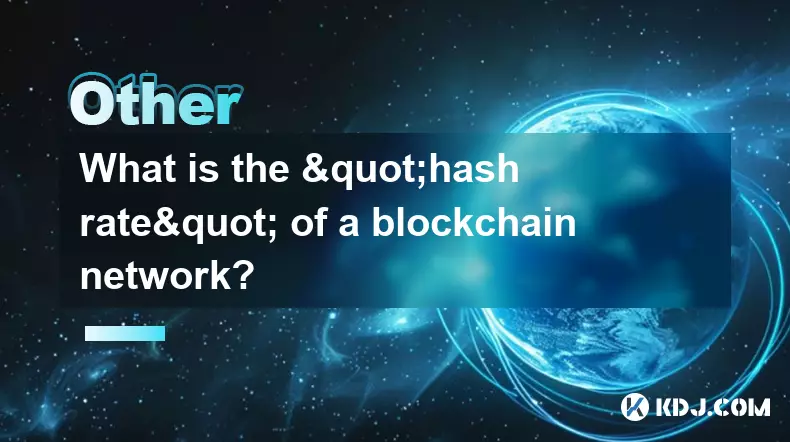
What is the "hash rate" of a blockchain network?
Oct 10,2025 at 03:55pm
Understanding Hash Rate in Blockchain Networks1. The hash rate refers to the total computational power being used to process transactions and mine new...
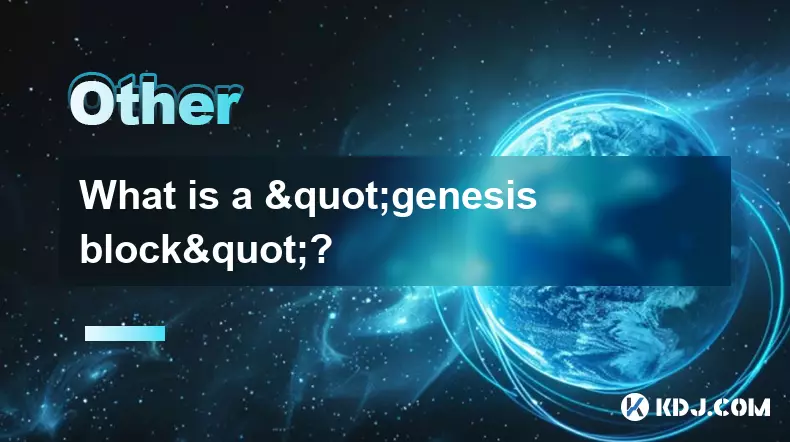
What is a "genesis block"?
Oct 15,2025 at 07:55pm
Understanding the Genesis Block in CryptocurrencyThe genesis block is the very first block in a blockchain network. It serves as the foundation upon w...
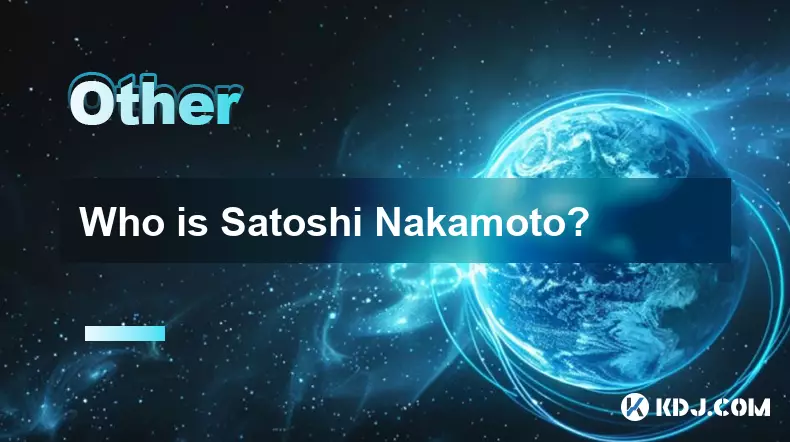
Who is Satoshi Nakamoto?
Oct 15,2025 at 01:01pm
Who is Satoshi Nakamoto?1. Satoshi Nakamoto is the pseudonymous individual or group credited with creating Bitcoin, the first decentralized cryptocurr...
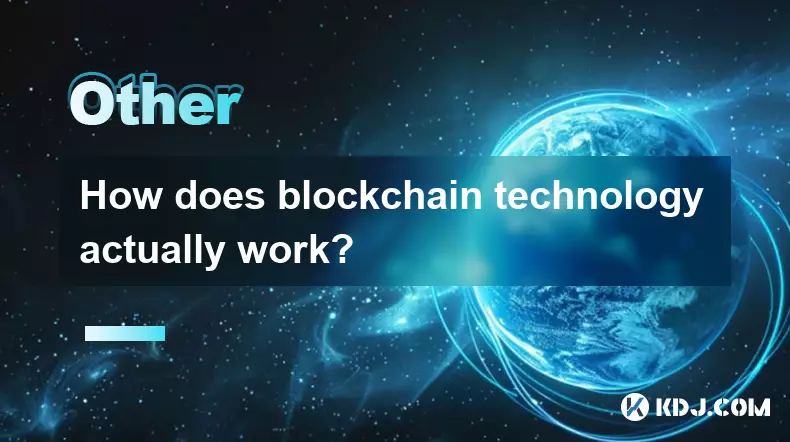
How does blockchain technology actually work?
Oct 11,2025 at 02:36pm
Understanding the Core Mechanism of Blockchain1. At its foundation, blockchain is a decentralized digital ledger that records transactions across mult...

What is a token economy?
Sep 20,2025 at 12:18am
Understanding the Foundations of a Token Economy1. A token economy in the context of cryptocurrency refers to a system where digital tokens are used a...

What is a block explorer and how do you use it?
Oct 24,2025 at 12:36am
What Is a Block Explorer?1. A block explorer is a web-based tool that allows users to view and analyze data on a blockchain network in real time. It f...

What is the "hash rate" of a blockchain network?
Oct 10,2025 at 03:55pm
Understanding Hash Rate in Blockchain Networks1. The hash rate refers to the total computational power being used to process transactions and mine new...

What is a "genesis block"?
Oct 15,2025 at 07:55pm
Understanding the Genesis Block in CryptocurrencyThe genesis block is the very first block in a blockchain network. It serves as the foundation upon w...

Who is Satoshi Nakamoto?
Oct 15,2025 at 01:01pm
Who is Satoshi Nakamoto?1. Satoshi Nakamoto is the pseudonymous individual or group credited with creating Bitcoin, the first decentralized cryptocurr...

How does blockchain technology actually work?
Oct 11,2025 at 02:36pm
Understanding the Core Mechanism of Blockchain1. At its foundation, blockchain is a decentralized digital ledger that records transactions across mult...

What is a token economy?
Sep 20,2025 at 12:18am
Understanding the Foundations of a Token Economy1. A token economy in the context of cryptocurrency refers to a system where digital tokens are used a...
See all articles










































































